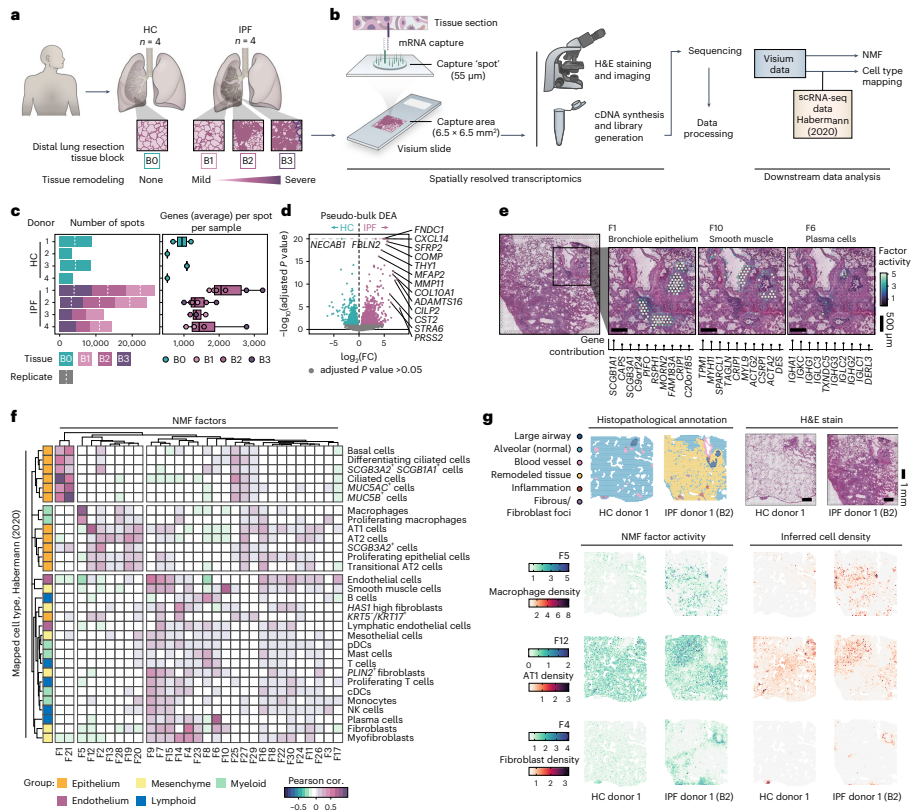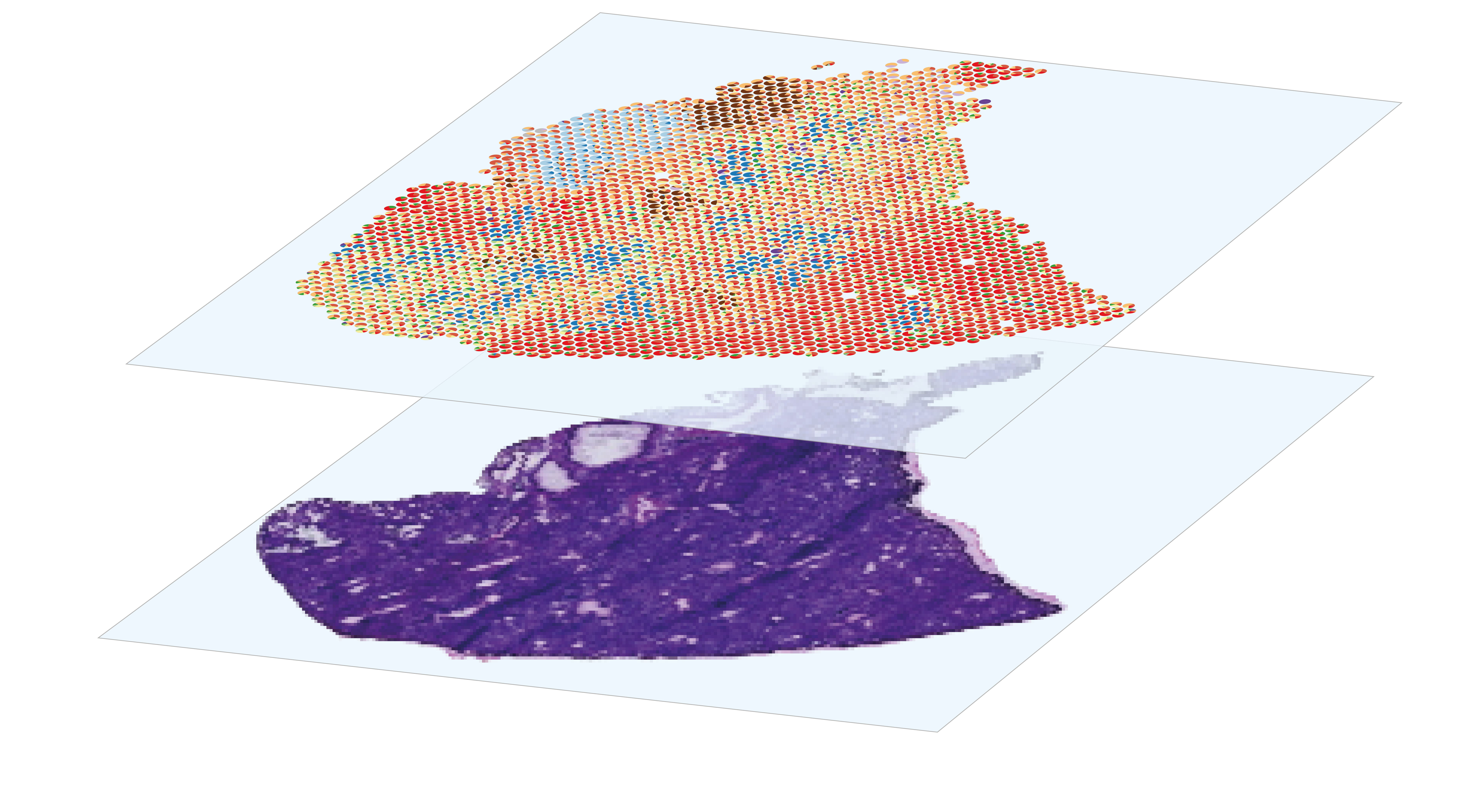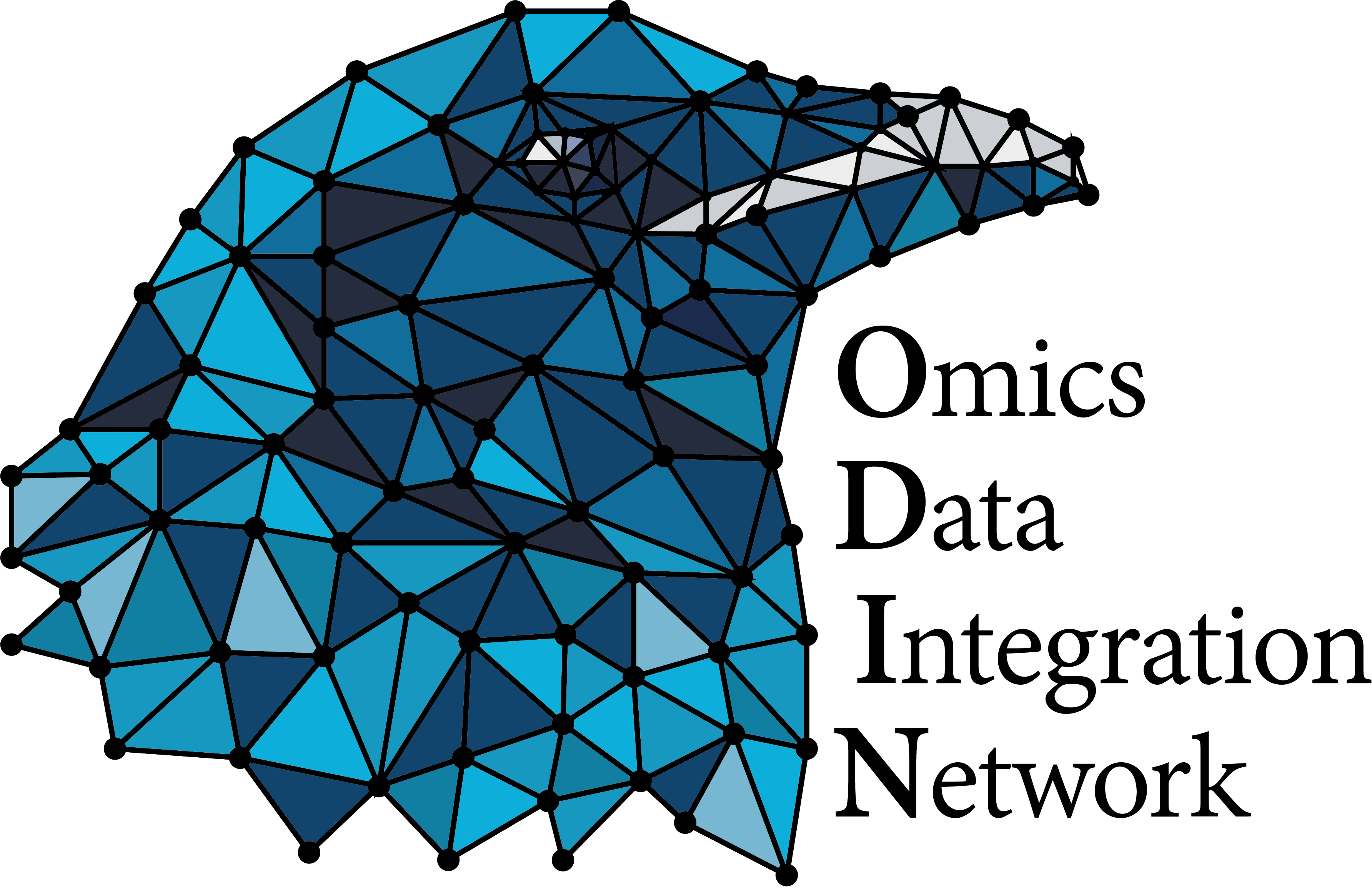Mapping spatially resolved transcriptomes in human and mouse pulmonary fibrosis
Nature Genetics, July 2024
https://pubmed.ncbi.nlm.nih.gov/38951642/Lovisa Franzén # 1 2, Martina Olsson Lindvall # 1, Michael Hühn 3, Victoria Ptasinski 1, Laura Setyo 4, Benjamin P Keith 5, Astrid Collin 6, Steven Oag 6, Thomas Volckaert 7, Annika Borde 7, Joakim Lundeberg 2, Julia Lindgren 8, Graham Belfield 8, Sonya Jackson 9, Anna Ollerstam 1, Marianna Stamou 10, Patrik L Ståhl 11, Jorrit J Hornberg 1
1Safety Sciences, Clinical Pharmacology and Safety Sciences, R&D, AstraZeneca, Gothenburg, Sweden. 2Department of Gene Technology, KTH Royal Institute of Technology, Science for Life Laboratory, Stockholm, Sweden. 3Translational Science and Experimental Medicine, Research and Early Development, Respiratory and Immunology, BioPharmaceuticals R&D, AstraZeneca, Gothenburg, Sweden. 4Pathology, Clinical Pharmacology and Safety Sciences, R&D, AstraZeneca, Cambridge, UK. 5Quantitative Biology, Discovery Sciences, R&D, AstraZeneca, Gothenburg, Sweden. 6Animal Science and Technology, Clinical Pharmacology and Safety Sciences, R&D, AstraZeneca, Gothenburg, Sweden. 7Bioscience In Vivo, Research and Early Development, Respiratory and Immunology, BioPharmaceuticals R&D, AstraZeneca, Gothenburg, Sweden. 8Translational Genomics, Centre for Genomics Research, Discovery Sciences, R&D, AstraZeneca, Gothenburg, Sweden. 9Late-Stage Development, Respiratory and Immunology, BioPharmaceuticals R&D, AstraZeneca, Gothenburg, Sweden. 10Safety Sciences, Clinical Pharmacology and Safety Sciences, R&D, AstraZeneca, Gothenburg, Sweden. marianna.stamou@astrazeneca.com. 11Department of Gene Technology, KTH Royal Institute of Technology, Science for Life Laboratory, Stockholm, Sweden. patrik.stahl@scilifelab.se. #Contributed equally.

Idiopathic pulmonary fibrosis (IPF) is a progressive lung disease with poor prognosis and limited treatment options. Efforts to identify effective treatments are thwarted by limited understanding of IPF pathogenesis and poor translatability of available preclinical models. Here we generated spatially resolved transcriptome maps of human IPF (n = 4) and bleomycin-induced mouse pulmonary fibrosis (n = 6) to address these limitations. We uncovered distinct fibrotic niches in the IPF lung, characterized by aberrant alveolar epithelial cells in a microenvironment dominated by transforming growth factor beta signaling alongside predicted regulators, such as TP53 and APOE. We also identified a clear divergence between the arrested alveolar regeneration in the IPF fibrotic niches and the active tissue repair in the acutely fibrotic mouse lung. Our study offers in-depth insights into the IPF transcriptional landscape and proposes alveolar regeneration as a promising therapeutic strategy for IPF.
Used pipelines

sequencing-based spatial transcriptomics
The analysis of spatial gene expression data generated by the Visium system begins with preprocessing the raw data with space ranger. Briefly, it consists in performing demultiplexing and quality control to filter out low-quality reads, aligning the remaining reads to a reference before counting gene expression from a single capture area. Once the matrix of gene counts per spot has been obtained, the aim is to identify the cell types represented in each spot. Although Visium technology avoids the dissociation step, its resolution is too low to perform single-cell characterization, as each 55µm diameter spot contains several cells. This implies that each spot is a combination of the transcriptome of potentially heterogeneous populations, which can be estimated using deconvolution methods, leveraging or not on a single-cell RNA-seq expression profils reference. After deconvolution, we can compare the distribution of cell types by histological region within the same section, or between sections from different experimental conditions. Combined with the spatial gene expression patterns, spots annotation can be used for Niche analysis, in order to characterize the interactions and relationships between cells and their microenvironment within tissues.


